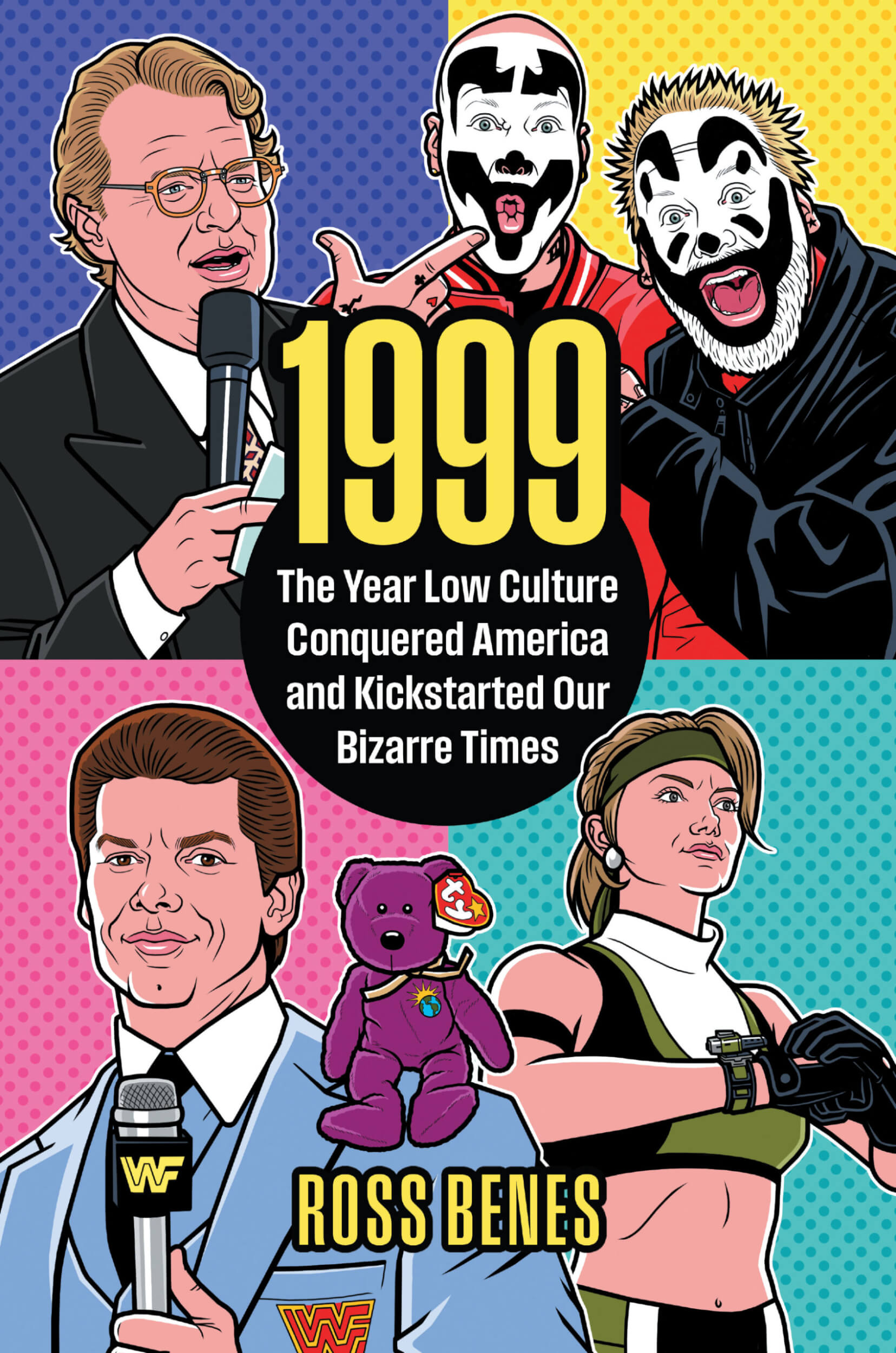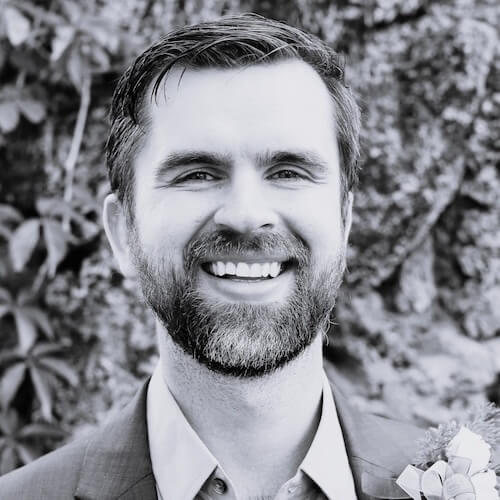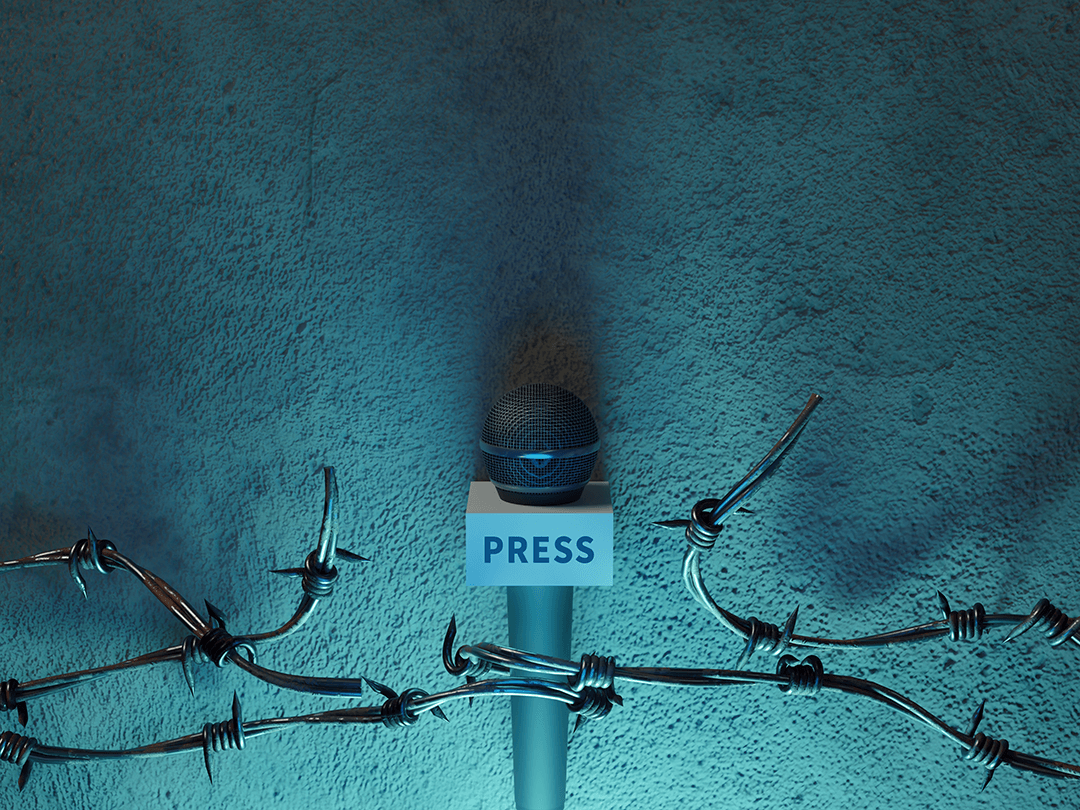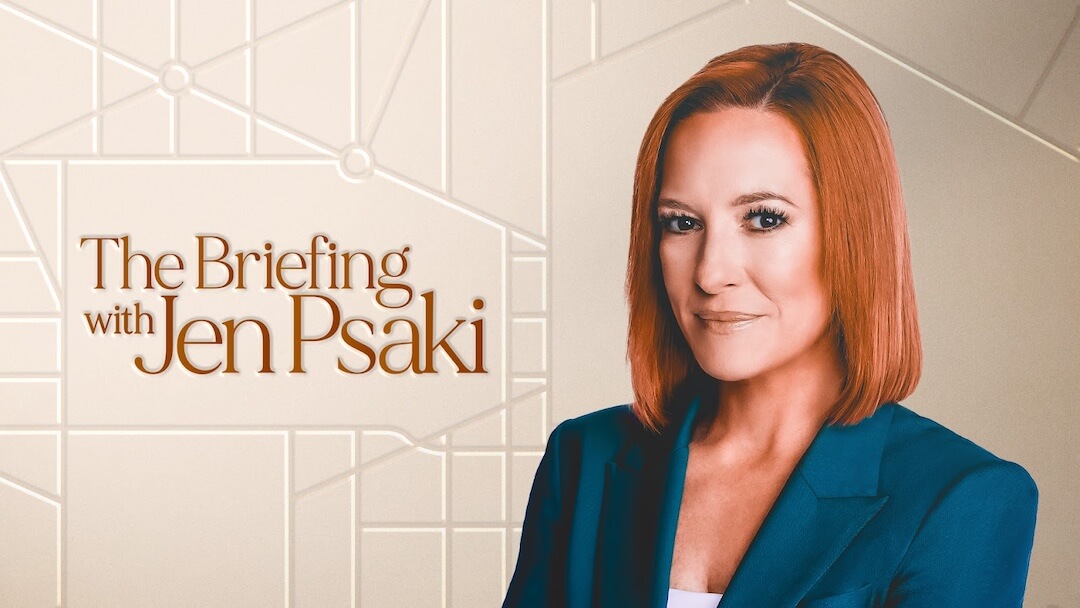The following article is adapted from “1999: The Year Low Culture Conquered America and Kickstarted Our Bizarre Times.”

(Courtesy)
Prior to a 1995 taping, “The Jenny Jones Show” put out a call for guests, asking viewers to call its 1-800 number “if you have a secret crush you would like to reveal to a same-sex friend.” Watching the show in his trailer home 50 miles northwest of Detroit, Scott Amedure and his friend Donna Riley called in to report Amedure’s crush on a man they both knew. Their story made the cut. They traveled to Chicago to appear on the show.
“Now which of these ways,” Jones opened the segment, “would you choose to reveal your secret crush on someone? A: Would you write that person a letter? B: Would you tell the person in private in case he rejects you? Or C: Would you tell that person that you’re gay and you hope he is on national television?”
Jones couldn’t finish her segue before the studio audience erupted with woos and screams. This was 1995, a time when fewer people came out of the closet and only a fourth of Americans supported gay marriage. The prospect of having a gay crush was enough to make audience members widen their eyes and place a palm in front of their open mouths.
Jones introduced Amedure. She asked Amedure about his crush on acquaintance Jonathan Schmitz. Amedure played along. When Jones queried him about sexual fantasies, Amedure said Schmitz had “a cute little hard body.” He daydreamed about spraying whipped cream on Schmitz. He “thought about tying him up to my hammock.” The sex-charged statements titillated the audience.
When Schmitz found out that his crush was Amedure, another man, he uncomfortably smiled. “You lied to me,” he uttered between nervous giggles. With Schmitz’s attention glued to the show’s monitors, Jones replayed the clips of Amedure saying he wanted to spray whipped cream on Schmitz and tie him in a hammock. Schmitz replied the crush was futile because he was straight. The audience had a good laugh.
Had the show’s guests resumed their regular daily lives, the taping would have been just another entry in the talk format, barely worth a recap on “Talk Soup.” But Schmitz felt humiliated and resorted to violence. Three days after the taping, Amedure left Schmitz a suggestive handwritten note as a joke. Schmitz didn’t find it funny. He approached Amedure at his trailer, pulled out a shotgun, and killed him. Schmitz was found guilty of murder and sent to prison.
The Amedure family sued “Jenny Jones” for arranging the scenario and egging on Schmitz during the taping, which never aired. The Amedures were represented by Geoffrey Fieger, a showy, hard-hustling lawyer who looked, and sort of acted, like Saul Goodman with a fake tan. A drama major, Fieger was familiar with media circuses and did his part to enable them. Fieger represented Jack Kevorkian in multiple, controversial assisted suicide cases. His brash and effective legal strategy during those cases became an HBO movie subplot.

Talk show host Jenny Jones answers questions during testimony in Pontiac, Mich., Tuesday, April 13, 1999, in the $50 million wrongful death suit brought by the family of Scott Amedure against “The Jenny Jones Show” in Oakland County Circuit Court. The Amedure family sued show distributor Warner Bros. and producers Telepictures Production, contending the show’s “ambush” TV tactics drove Jonathan Schmitz to shoot Amedure in 1995. (AP Photo/Charlie Cortez)
In 1999, Court TV aired the “Jenny Jones” trial. Fieger opened with a two-and-a-half-hour statement full of dramatic pauses.
“This is a case,” he told the nearly half-million people watching the murder trial on cable television, “ladies and gentlemen, about exploitation and, ultimately, responsibility.”
He took a page from the O.J. Simpson trial, which also aired on Court TV, by acting as if he were starring in a soap. When Jones appeared on the stand, Fieger laughed with her before shouting her down and interrupting her. He portrayed the television producers on trial as if they were elitist money grubbers who tricked an innocent simpleton into appearing on national TV, gliding over the fact that Amedure contacted the show himself and the guests volunteered to appear on screen.
Fieger’s maneuvers were captivating. This over-the-top style would earn him guest spots on cable news and appearances on legal reality shows “Power of Attorney” and “The Law Firm.”
The Jones case occurred as media deregulation set in and conglomerates grew. The Warner company that distributed “Jenny Jones” kept buying more media properties. As part of those deals, it increased its stake in Court TV and would eventually own the channel entirely.
On one side, Time Warner was being sued for exploiting a man on its TV show and contributing to his murder. On the other side, Time Warner profited from airing a continuous TV special that broadcasted the murder trial of one of its talk show’s guests.
“You have a situation that was really ironic,” said lawyer James Feeney, who represented Warner during the murder trial, in an interview for the Netflix documentary “Trial by Media.” “Because Court TV is doing this for exactly the same reason that another set of producers is being accused of doing it for their own gain.”
Fieger’s unorthodox legal strategy proved effective. The jury awarded the Amedure family $25 million. An appeals court reversed the decision, siding with “Jenny Jones.”
To sum, a kitschy talk show segment influenced an unstable violent man to commit a murder. That murder became a big media story. A cable station that shared an owner with the talk show broadcasted the trial, using the fallout from the murder as material for its own programming. The televised trial received ongoing coverage from cable news channels like CNN and their affiliated websites, which were also owned by the same company as “Jenny Jones” and Court TV.
During the Jones trial, media interconnectedness and consolidating conglomerates pushing cheap programming worked in tandem. This combination helped low culture flourish. Viacom made Howard Stern an icon by producing and distributing his radio program, TV show, book, and movie. Through its various holdings, Disney manufactured numerous teenyboppers into stars.
Corporate executives call this synergy. With 1990s entertainment, synergy produced profitable trash. In 1999, media consolidation and talk shows sowed the seeds for a self-perpetuating content that keeps pedaling.







